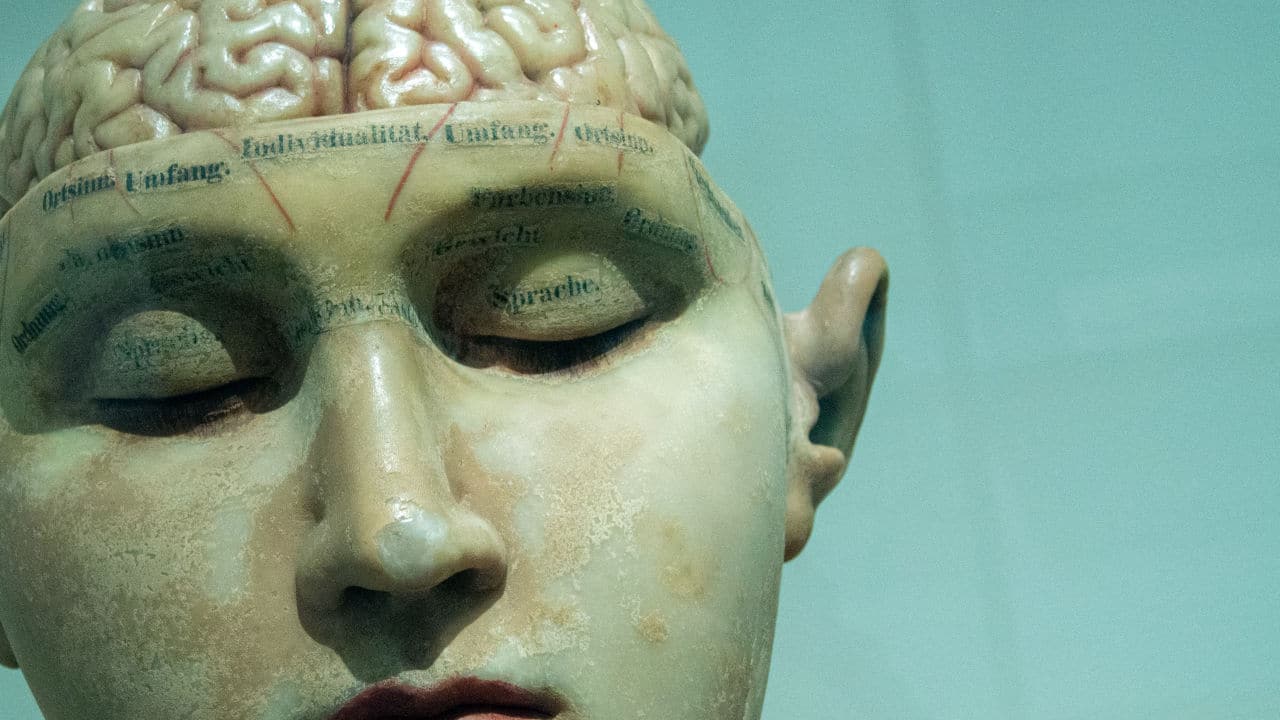Brain injuries can be detected with scientific methods. If it needs to be proven in court, using demonstrative evidence like law graphics is an ideal solution.
Brain injuries are life-shattering experiences and can bring a halt to a person’s career, family life, and interpersonal relationships. This is because the brain is a delicate organ that affects many body functions and cognitive abilities.
Hence, when something goes wrong with the brain, it is essential to take it seriously and not give up until all that can be done is accomplished. This is not limited to medical consultations alone; appropriate legal action must also be taken if another person causes the injury.
Brain Injury affects the proper functioning of the brain. A lot of deaths and disabilities are recorded because of this condition. According to the Centers for Disease Control and Prevention, “there were approximately 223,050 traumatic brain injury(TBI)-related hospitalizations in 2018 and 60,611 TBI-related deaths in 2019. This represents more than 610 TBI-related hospitalizations and 166 TBI-related deaths per day. It was further revealed that “people most commonly get TBIs from a fall, firearm-related injury, motor vehicle crash, or an assault.” Brain injury cases are set before the court from time to time and are better represented using law graphics.
Types of Brain Injuries
Several types of brain injuries can happen to people. A few of these injuries will be considered below;
- Concussion
According to an article by the Centers for Diseases Control and Prevention, a concussion is described as “a type of traumatic brain injury—or TBI—caused by a bump, blow, or jolt to the head or by a hit to the body that causes the head and brain to move rapidly back and forth.” The effect of such sudden movements is that they “cause the brain to bounce around or twist in the skull, creating chemical changes in the brain and sometimes stretching and damaging brain cells.”
Concussions are often described as mild brain injuries but should be taken seriously. They are referred to as mild, mainly because they are not life-threatening. However, adequate treatment must be sought as fast as possible. The court often sees cases involving concussions—an instance where the court heard a case of concussions is Lane v. State.
- Penetrating Brain Injuries
Penetrating brain injuries are dangerous and life-threatening. Emergency health care is needed for such injuries. It occurs when an object enters the skull and causes injury to the brain.
According to an article by Winchester Hospital on penetrating brain injury, some of the causes of this kind of injury include motor vehicle accidents, gunshot, stab wounds, sports injury, and abuse. A case involving this type of brain injury should not be taken with levity. It must be backed up with evidence that can demonstrate the damage and its causes. Therefore, legal graphics must be considered when this case is before the court of law.
- Hypoxic Brain Injury
Hypoxic brain injuries are critical and require adequate treatments by qualified personnel. This type of injury occurs when the brain does not get enough oxygen. It is sometimes used with a condition known as anoxia, where the brain does not get any oxygen. When oxygen is lacking in the brain, brain cells begin to die.
According to an article on Cerebral Hypoxia by Cleveland Clinic, some of the causes of hypoxic brain injuries are drowning, electrocution, head injury, heart attack, carbon monoxide poisoning or smoke inhalation, surgical complications, or anesthesia problems. An exemplary case of hypoxic brain injury is the case of Hollingsworth v. Springs.
- Contusion
A direct impact on the head causes a contusion. It is essentially a bruise on the brain itself. It can be mild to severe and must be treated irrespective of the case. Some of the causes of a contusion are a direct blow to the head, a fall, and an automobile accident. Whatever the cause of a contusion is, legal graphics would help tie the cause of the injury to the injury caused to the victim. An excellent example of a case involving contusion is the case of Schwegel v. Goldberg.
Conclusion
Brain injuries can be traumatic and sometimes mild. However, this does not in any way reduce the importance of treatments. Without treatment, the condition will worsen. Therefore, whenever a brain injury can be proven to be caused by another party, an action should be brought before the law to attain justice and receive adequate compensation. Legal graphics should also be used to lay a proper foundation for the case.






